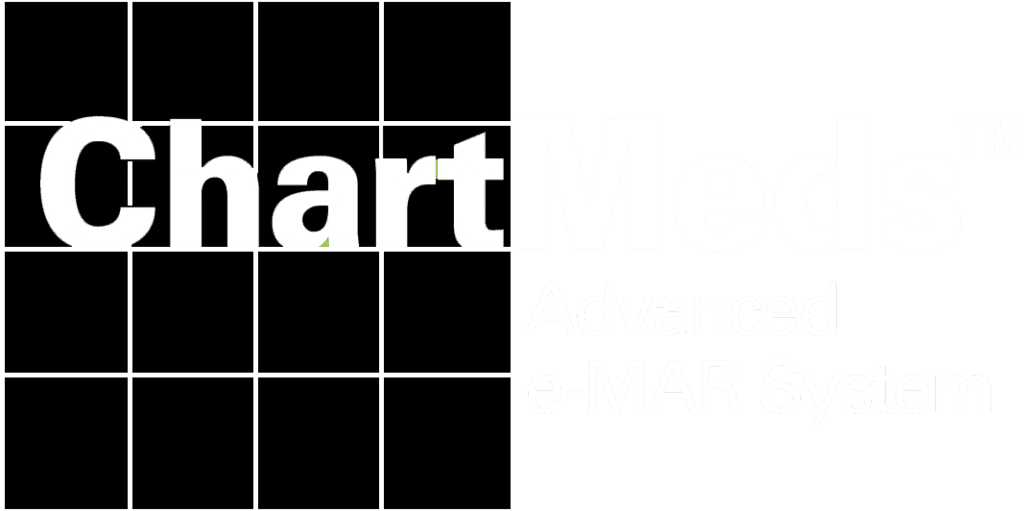Patient engagement is an important objective for any healthcare organization. In behavioral health, patient engagement carries particular significance. An engaged patient is more likely to believe that positive outcomes are possible—and more likely to work hard to manifest those results.
In modern behavioral healthcare settings, technology is playing an increased role. Nothing replaces human communication. However, software solutions like electronic health records (EHR) and patient portals make it easier for providers to reach patients and provide a smoother delivery of care.
In the sections below, we’ll offer insights on patient engagement and the use of technology for making improvements in this area. We’ll also cover five patient engagement strategies that every behavioral health team should embrace.
The Importance of Patient Engagement in Behavioral Health
Patient engagement can be defined as a positive behavior displayed by patients who work to improve their own care outcomes by gathering information, sharing in decision-making, and participating in recommended activities.
Patient engagement can also be defined as the process in which patients and care providers work together to enhance the quality of care.
When patients are highly engaged, they’re more likely to experience:
- Improved adherence to treatment plans
- Reduced drop-out rates
- Successful health outcomes
- Enhanced trust with their care providers
Although patient engagement is difficult to measure, it’s widely acknowledged that greater patient engagement is correlated with improved care outcomes.
Top 5 Strategies to Boost Patient Engagement in Behavioral Health
1: Personalizing Treatment Plans
Fostering patient engagement in behavioral health requires the recognition that each patient faces unique challenges. Therefore, a treatment plan can’t be too formulaic and shouldn’t be generated automatically. Rather, it’s essential to practice active listening with a patient in order to collaboratively structure a treatment plan that they will invest in and stick with.
2: Leveraging Technology for Enhanced Interaction
Behavioral health care providers use a number of software solutions to improve patient engagement. These include:
- Enterprise resource planning (ERP) software
- Electronic health record (EHR) software
- Online patient portals
These modern solutions help healthcare teams operate more efficiently. Some software, such as patient portals, makes it easier for patients to engage with care by providing appointment reminders, educational resources, and easy access to records.
3: Providing Educational Resources
Knowledge builds confidence. For the treatment of mental health challenges, it’s essential to empower patients with access to information that promotes recovery and wellness. This involves thoughtfully presenting educational materials using formats and communication styles that resonate with the target population. To reach the most patients in their preferred format, use a variety of mediums, like written material, videos, and online content.
4: Offering Peer Support Opportunities
For many behavioral healthcare consumers, a sense of community is one of the most meaningful aspects of treatment. This may include group therapy sessions, support groups, peer-led workshops, or online forums. For care providers, it’s essential to incorporate peer support as a pillar of treatment and a key avenue for encouraging patient engagement.
5: Focusing on Transparent Communication
Compared to other healthcare sectors, behavioral health involves extra challenges in building trust and fostering clear, open communication between patients and providers. Along with the highly sensitive nature of mental health concerns, some patients deal with issues like social difficulties, paranoia, or other challenges that make it difficult to engage in trusting communications.
To overcome these obstacles, it’s important to promote positive patient engagement in all aspects of care and in all communications. Patients should feel heard and respected in every interaction, including during non-treatment communications such as billing and scheduling.
The Role of EHR and Billing Software in Enhancing Patient Engagement
Modern behavioral health settings rely heavily on technology for facilitating patient engagement. In particular, EHR software and billing software are helpful for improving efficiency and equipping providers with more time and information. Effective use of these software solutions offers advantages that include:
- Streamlined manual billing tasks
- Timely and structured billing operations
- Improved care coordination across departments
- Enhanced patient access to information
Technology improves the flow of information from one care provider to another and between care providers and patients. These improvements lead to better patient health outcomes.
Spend Less Time on Administration and More Time with Patients
Is your behavioral health organization focused on spending less time on administrative tasks and more time on delivering great care? Integrative has the software solutions to help you get there. Contact Integrative today to schedule a product demonstration.









